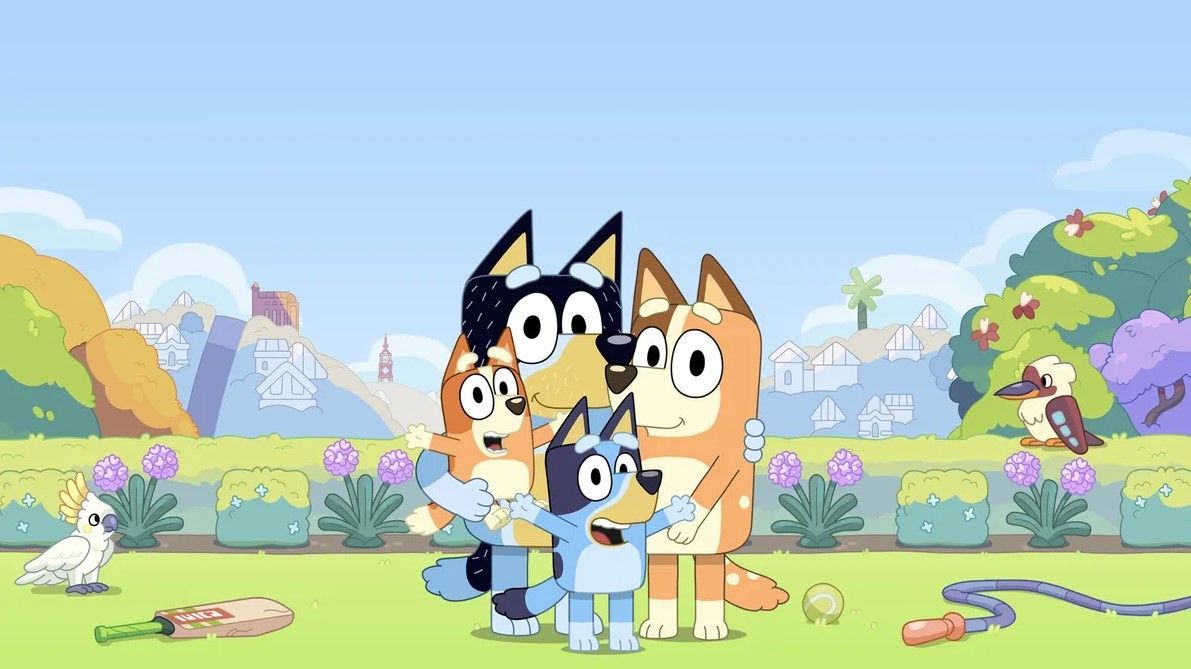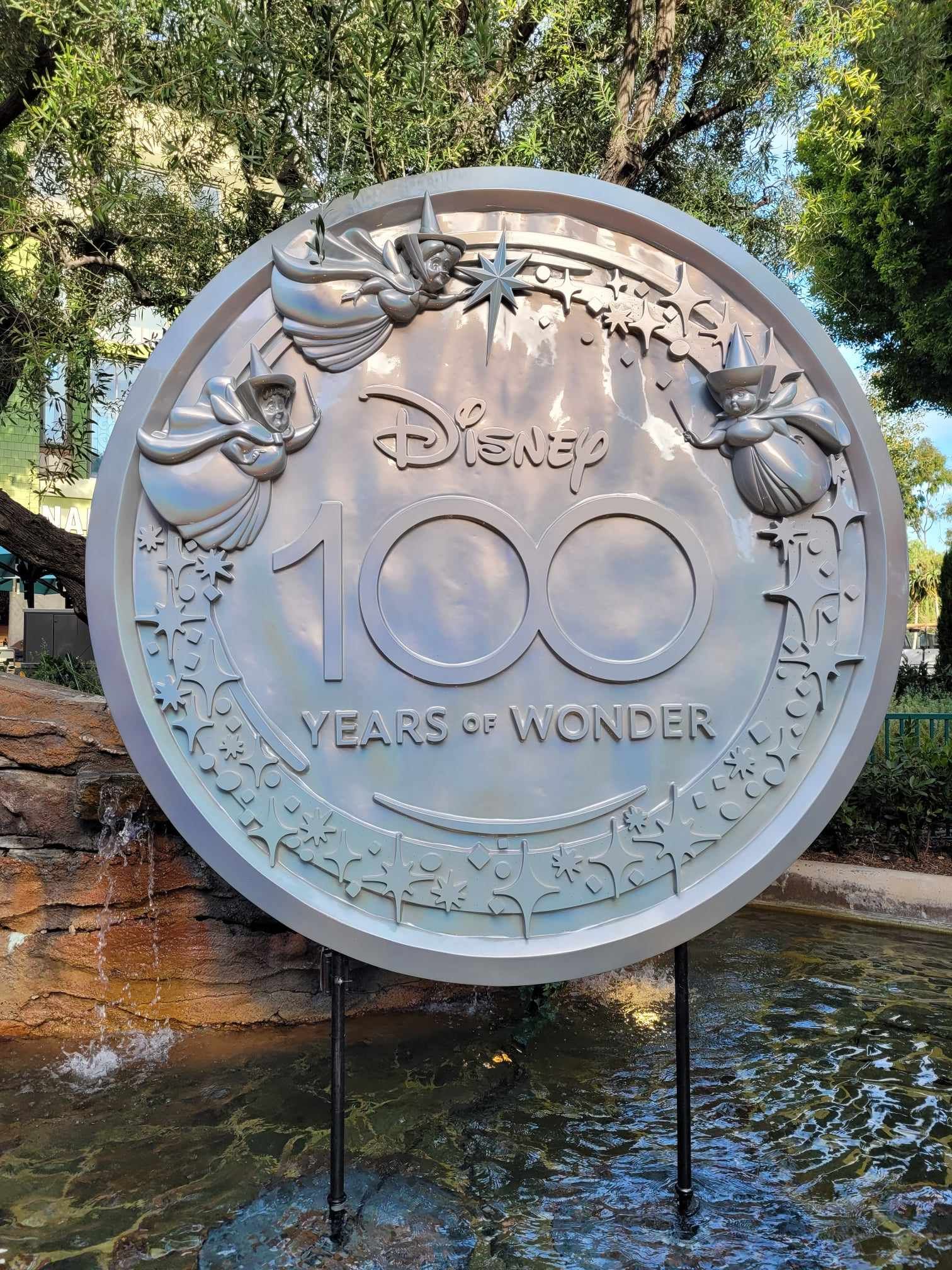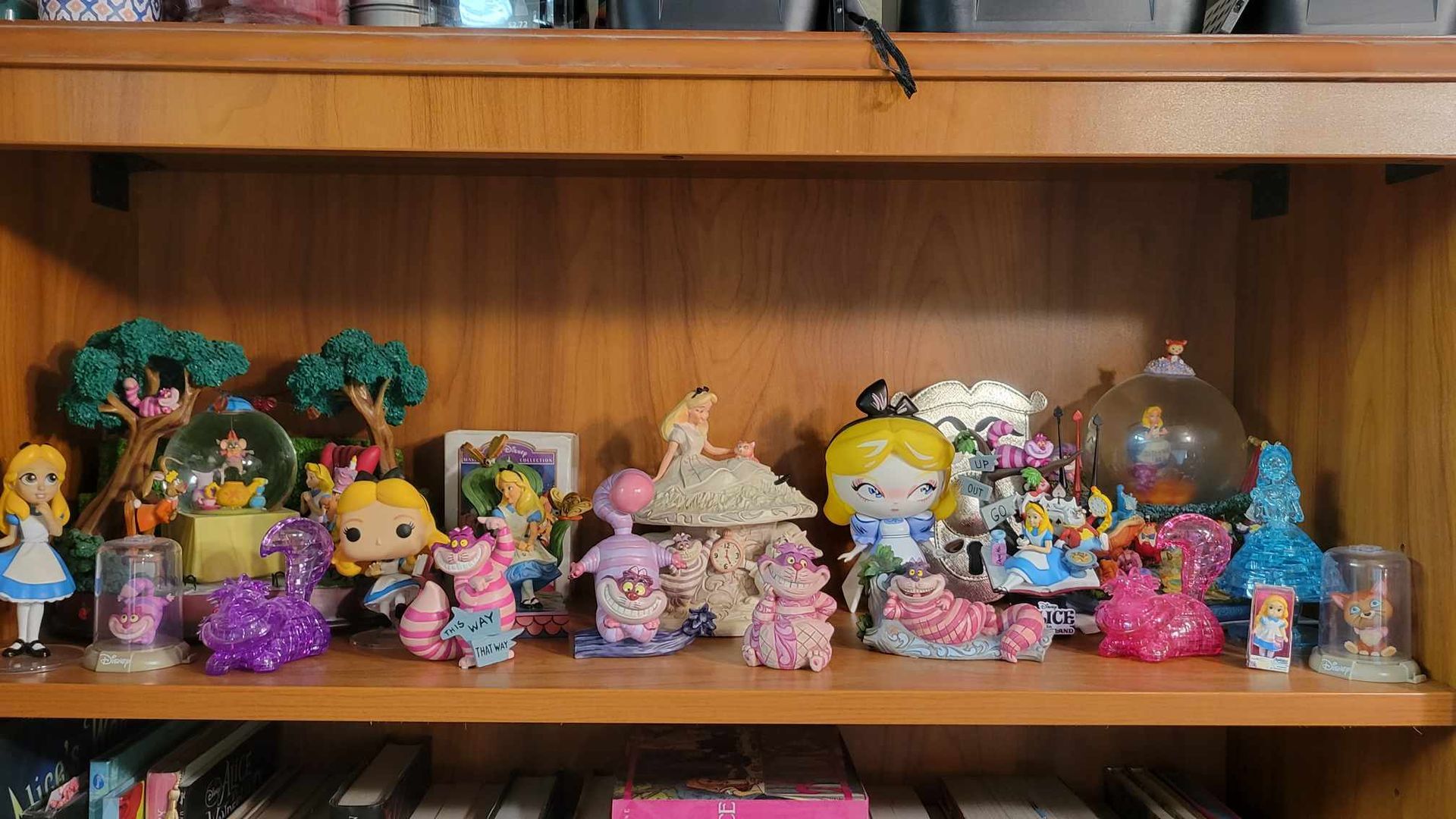Craig D. Barton is a creative consultant, editor, and writer, having written for and consulted on multiple Disney Editions books and various other projects. Besides being a self-described "DisNerd," Craig is an advocate for all arts, loves travel, movies, making his own eclectic music playlists, and, most of all, spending time with his family. Craig currently resides in Avondale, AZ with his lovely wife, quirky daughter, and neurotic yet lovable dog.
1927 - In Which the Studio Says So Long to a Wonderland and Hello to a Lucky Rabbit
by Craig D. Barton
"The Walt Disney Company: 100 Years in 100 Weeks," is the brainchild of Craig D. Barton, presenting weekly posts on the history of the Walt Disney Company. Each post will cover a specific year in Disney's history, featuring essays, shared articles, guest authors, and yearly timelines, all leading up to the company's 100th Anniversary on October 16, 2023. Previous posts in the series can be viewed here.
Be sure to join us every Friday for the newest installment of "The Walt Disney Company: 100 Years in 100 Weeks!"
Despite the contract signing for distribution the year before, it was becoming apparent that the Alice Comedies had run their course. The novelty of the live action little girl with her animated friends had become somewhat stale, especially in the eyes of distributor Charles Mintz. Walt still strived for quality in all he produced, but the focus of the shorts had shifted into the animated gag side of the spectrum, and it had become apparent that something new was needed.
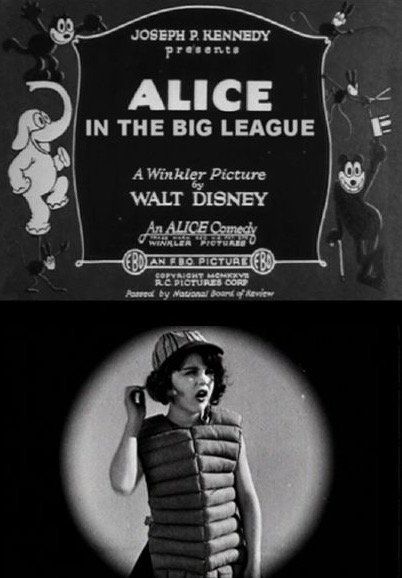
"Alice in the Big League," featuring Lois Hardwick as Alice, was the last film in the Walt Disney Studio's "Alice's Wonderland" series. Photo compilation courtesy of TopDIsney Blog.
Mintz saw this “something new” in a request from Carl Laemmle, founder of Universal Pictures. In response and competition to popular animated characters such as Felix the Cat and Krazy Kat, Laemmle sought out the creation of a new character, a rabbit. At his wife’s urging, Mintz urged Walt for his studios to give the rabbit a try, but didn’t divulge Laemmle and Universal’s interest, only that a “national organization” was interested. After Walt accepted the suggestion, he had Ub Iwerks sketch out his version of this rabbit, and submitted the drawings to Mintz, who in turn presented them to Universal. Universal saw something in these drawings and approved the designs – only at this point did Mintz reveal Universal as the interested party. A contract with a major company like Universal was huge for a small studio such as Disney (Imagine that – Disney, a small studio…), and a contract the first Oswald the Lucky Rabbit cartoon was soon approved.
How lucky was he? Well… not very much at first. In fact, the first submission to Universal, “Poor Papa,” was met with a less-than-pleasant reaction from Universal. From the Universal Film Exchange reviewing committee at Universal:
“(1) Approximately 100 feet of the opening is jerky in action due to poor animation. (2) There is too much repetition of action. Scenes are dragged out to such an extent that the cartoon is materially slowed down. (3) The Oswald being shown in this picture is far from being a funny character. He has no outstanding trait. Nothing would eventually become characteristic insofar as Oswald is concerned. (4) The picture is merely a succession of unrelated gags, there being not even a thread of story throughout its length.” The committee also pointed out that Oswald was “too old, too sloppy, too fat.”
Ouch.
Heeding these words, while remaining true to his vision and going to bat for his animator Iwerks (“… whom I am willing to put alongside any man in the business today.”), Walt set out to make the next animated Oswald feature. He and Ub would work side by side into the night to make Oswald more of a “neat and trim” character, more pleasing of an individual. They were careful to add substance and plot, but under Walt’s vision – not so much plot in a short subject that humor and gags were lost on the audience.

With Ub’s wonderful drawings and animation, Walt’s philosophies and ideas on animated characters were truly starting to shine though. In a letter to Mintz, Walt stated his belief, not just about Oswald, but in what would be a staple for so many Disney creations in the future. “I want to make Oswald have more personality and really create a likable character, and I believe that with a little time and patience on the time of you and Universal, that we will be able to develop a knockout series.” Walt knew true personality in a character would go a long way, and would continue to develop Oswald moving forward, not resting on what he had done. With addition of a new motor drive to his animation camera, the unevenness was showing less, and quality was improving.
The first Oswald the Lucky Rabbit Release: Trolley Troubles.
These changes made Oswald not only look better in the eyes of Mintz and Universal, the all-important trade papers took notice. “Trolley Troubles,” the first Oswald cartoon to be released for distribution, drew praise from publications such as Film Daily (“Oswald is a riot. This and the two following in the series you can book on pure faith, and our solemn word that they have the goods.”) and Moving Picture World (“The animation is good and the clever way in which Disney makes his creations simulate the gestures and expressions of human beings adds to the enjoyment. They should prove worthwhile attractions in any type of house”) helped sell the film to movie theaters. In turn, the Oswald shorts turned into a huge success for moviegoers, even creating the demand for Oswald the Lucky Rabbit merchandise. From chocolate covered marshmallow Oswalds to stencil sets, Oswald was a hit – although the Walt Disney Company did not receive any profit (remember, Oswald was actually the property of Universal), merchandising was great advertising, and Oswald was becoming more and more well known.
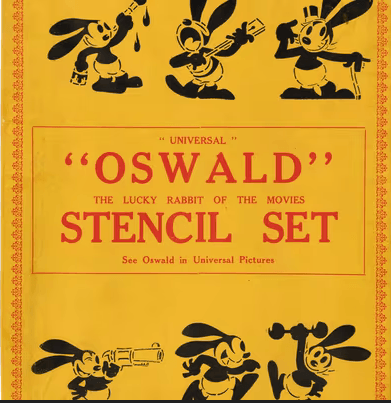
An Oswald the Lucky Rabbit Stencil Set - synergy from the get-go!
It was this success that helped Walt hire more staff and continually be able improve the quality of his features through talent and technology. With the success of Oswald, Walt could see a more profitable future for the studio. And of course, when the contract for more Oswald cartoons came up for renewal in the next year, this success would translate into a bigger and better budget for the studios. What could possibly go wrong?
1927
- Alice Comedies end with “Alice in the Big League” on August 22nd.
- In mid-April Lois Hardwick replaces Margie Gay as Alice.
- Walt creates Oswald the Lucky Rabbit, Charles Mintz (Winkler Pictures) signs contract with Universal Pictures for Oswald – Disney studio is brought in for design and animation, but ultimately does not own rights to Oswald.
- First Oswald short is released September 5th.
Alice's Wonderland Releases in 1927 - Note Replacement Date of New Actress
- Alice the Golf Bug - January 10, 1927
- Alice Foils the Pirates - January 24, 1927
- Alice at the Carnival - February 10, 1927
- Alice at the Rodeo - February 21, 1927
- Alice the Collegiate - March 7, 1927
- Alice in the Alps - March 21, 1927
- Alice’s Auto Race - April 4, 1927
- Alice’s Circus Daze - April 18, 1927 - First Lois Hardwick Feature
- Alice’s Knaughty Knight - May 2, 1927
- Alice’s Three Bad Eggs - May 16, 1927
- Alice’s Picnic - May 30, 1927
- Alice’s Channel Swim - June 13, 1927
- Alice in the Klondike - June 27, 1927
- Alice’s Medicine Show - July 11, 1927
- Alice the Whaler - July 25, 1927
- Alice the Beach Nut - August 8, 1927
- Alice in the Big League - August 22, 1927
Oswald the Lucky Rabbit Releases in 1927
- Trolley Troubles - September 5, 1927
- Oh Teacher - September 19, 1927
- The Mechanical Cow - October 3, 1927
- Great Guns! - October 17, 1927
- All Wet - October 31, 1927
- The Ocean Hop - November 14, 1927
- The Banker's Daughter - November 28, 1927
- Empty Socks - December 11, 1927
- Rickety Gin - December 26, 1927
*"The Walt Disney Company: 100 Years in 100 Weeks" is a project conceived by Craig D. Barton and presented by Communerdy. It is in no way affiliated with The Walt Disney Company, and any opinions presented within its content are that of the author(s). For more updates, follow us on https://www.instagram.com/disney100in100/ .


